#pharmacology
Explore tagged Tumblr posts
Text
It's increasingly clear that microplastics are everywhere, but scientists are still learning about how bad the health implications could be. Now a new study in mice shows these tiny bits of plastic can be passed from a mother into their unborn offspring, where they persist beyond birth. Previous studies have shown that micro and nanoplastics (MNPs), smaller than grains of sand, can pass into the placenta. This latest research finds the tiny plastic fragments can remain in the growing mouse pup for at least two weeks after birth, according to this data.
Continue Reading.
77 notes
·
View notes
Text

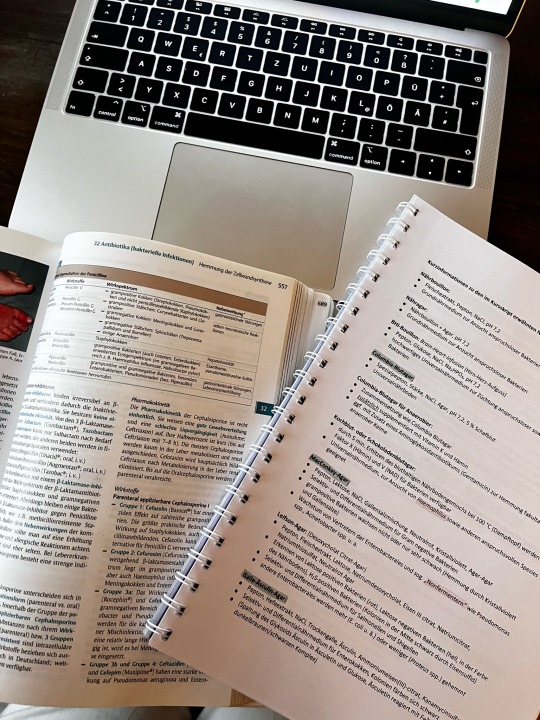
Exams coming up!
#studyblr#studying#inspiration#university#studyspo#aesthetic#med school#medical school#pharmacology#microbiology#medizinstudium#desksetup#my desk#med student
863 notes
·
View notes
Text
Illiterate pharmacist who can only tell medications apart by crushing them up and tasting the molecules
#r/196#196#r/196archive#/r/196#rule#meme#memes#shitpost#shitposting#pharmacy#med student#med school#medicine#pharmacology#pharma#big pharma
68 notes
·
View notes
Text
Pharmacologists really have the audacity to sit you down in your first lecture of their module and say okay so examples of extravascular include subcutaneously and then there’s obviously massive impacts on bioavailability because of this, and also because of tissue binding but you all know that, now imagine that the body is a cylinder containing an unknown volume of water so now you know that drug conc = dose/C0, now imagine there are two cylinders and one is the body and one is the plasma and they’re connected by a tube, okay now go back to your original body cylinder and imagine that there’s a filter getting rid of the drugs out of the water now you know that CLtotal = CLrenal + CLhepatic and that means that CL = rate of drug elimination/C,so the ester of elimination = k x A -> CL = k x A/C -> CL = k x v x c/c -> CL = k x v so with all that in mind it’s easy to derive that the equation you need is obviously CL = 0.693 x V / t1/2 and then look you in the eye and say the words “very simple”
I do not sense greatness for myself in this module
#biomed student#biomedicine#biology#pharmacology#biomedical science#biomed#university#I’m one lecture deep and I’m already tired you guys#dk rambles about random stuff
45 notes
·
View notes
Text
"Are you memorizing half lives for the pharmacology exam?" babygirl I'm barely even memorizing the drug names for the pharmacology exam. You're expecting too much of me
79 notes
·
View notes
Text
“Anesthetics are like antidepressants, you choose them according to their side effects.”
82 notes
·
View notes
Text
Action Potential-Targeting Drugs

Patreon
#studyblr#notes#my notes#pharmacology#pharmacology notes#pharma#pharma notes#pharm#pharm notes#pharmacy#pharmacy notes#medical pharmacology#medications#medication notes#pharmacological sciences#biochemistry#chemistry#medical chemistry#medical biochemistry#health science#science#scienceblr#medblr#biological science#common medications#pharmacodynamics#pharmacokinetics#chemical agents#toxicology#med chem
13 notes
·
View notes
Text

I did this instead of studying ya'll.
#studyblr#finals week#I should be studying#nursing school#pathophysiology#pharmacology#foundations of nursing#health assessments#memes#lol#kingdom hearts#IDK which one#will turner#elizabeth swann#orlando bloom#kierra knightley
14 notes
·
View notes
Text
ergosterol found to have anti-cancer capabilities. very interesting read.
11 notes
·
View notes
Text
Whereas humans have one receptor on their tongues that can detect all sorts of sweet things, from real sugar to artificial sweeteners like aspartame, insects have many receptors that each detect specific types of sugars. The new research reveals one way insect receptors are able to be so selective. The new discovery will help us understand how animals decipher the chemical world and how we might mimic that ability in the future, the researchers say.
Continue Reading.
93 notes
·
View notes
Text
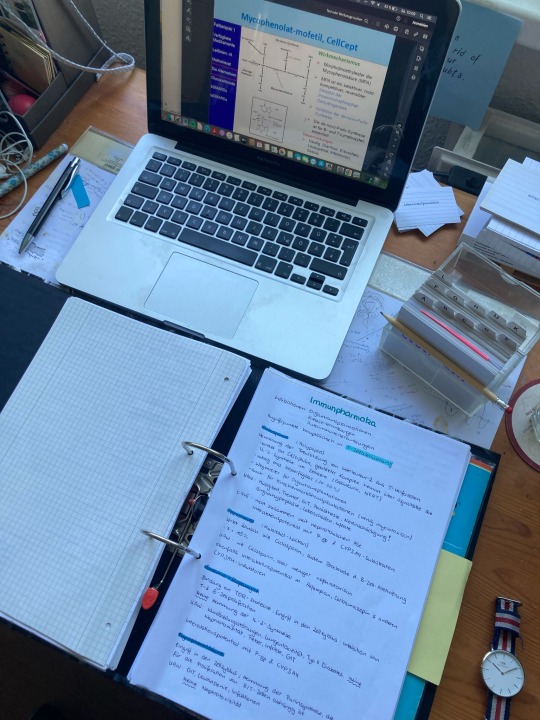

state exam days 27/37
pharmacology time! I’m so, so tired…
#studyblr#studying#inspiration#university#studyspo#college#aesthetic#pharmblr#pharma student#stemblr#pharmacology#studyblr desk#desk space#study session#exams#exam prep#lions post
179 notes
·
View notes
Text
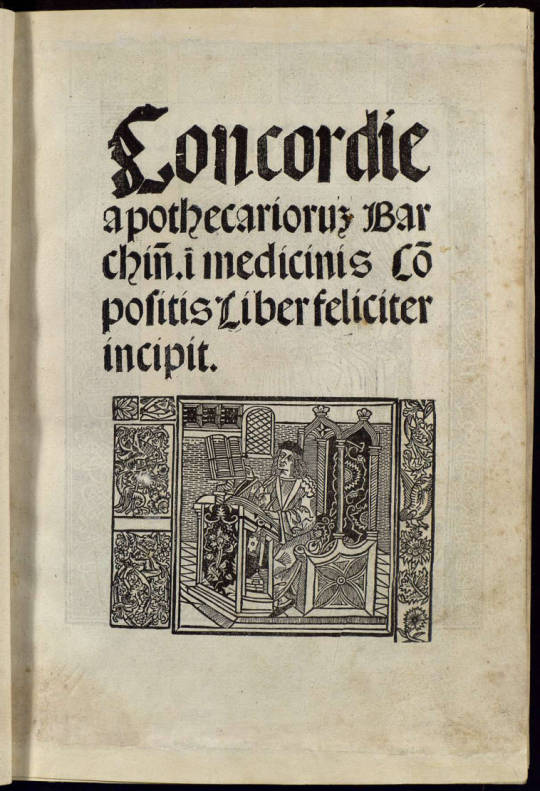
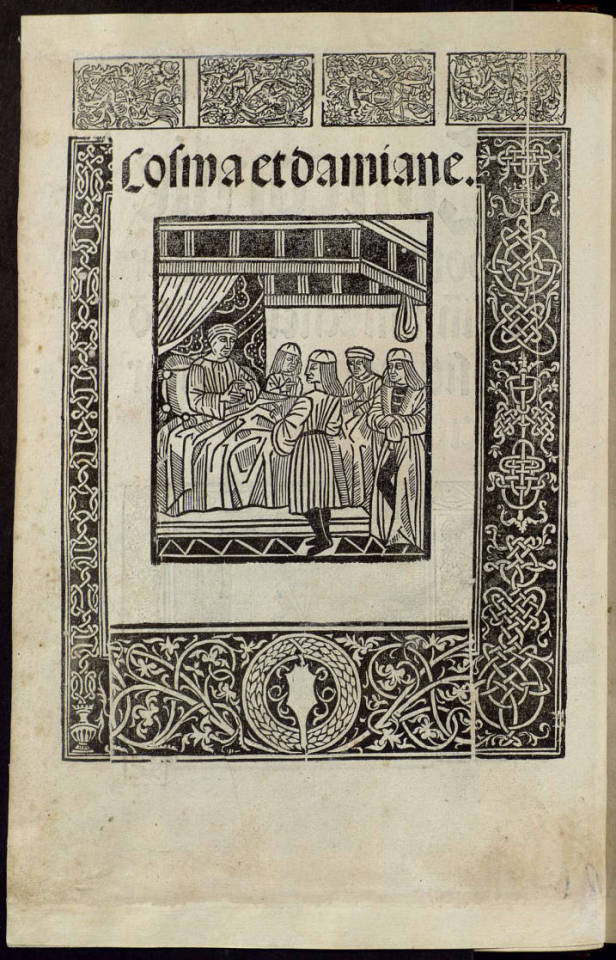
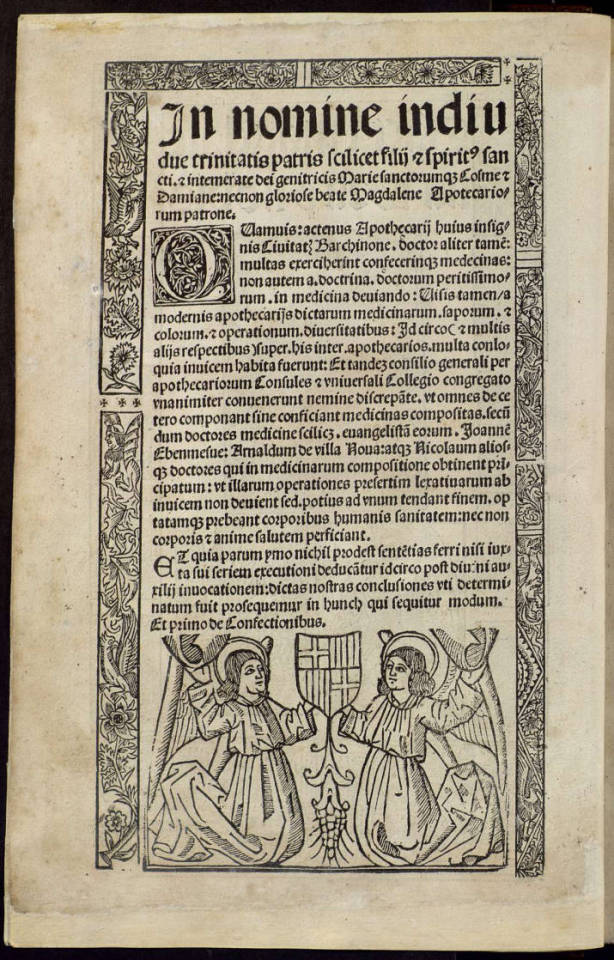


This is the Concòrdies, Europe's second oldest pharmacopoeia and the first of its kind. It was printed in 1511 in Barcelona, Catalonia. The first European pharmacopoeia was printed in Florence (modern-day Italy) in 1498 after a larger amount in Islamic countries, but both have some important differences.
A pharmacopoeia is a book that contains the recipes for making medicines, to be used as a reference guide by the apothecaries who made the remedies. The apothecaries were the chemists who made the drugs, specialists in medicinal herbs, minerals, animal products and food.
On August 29th 1510, the king Ferdinand of Catalonia-Aragon gave Barcelona's Apothecaries Association the royal privilege of standardizing the recipes used for making drugs. Before this, doctors diagnosed their patients and told them what drugs to buy, but each apothecary made it in their way, which could have different amounts of each ingredient or different preparations. This could lead to results that weren't as good as expected.
You might have noticed that the book is titled "Concordie apothecarioru[m] Barchin[one] i[n] medicinis co[m]positis liber feliciter incipit" (more or less "Agreement of Barcelona's apothecaries on the compound medicines" in Latin), often shortened to "les Concòrdies" ("the Agreements" in Catalan). It's an "agreement" because the apothecaries came together to write the most effective recipes, which they then presented to the Barcelona Medicine Doctors' Association. Then, the doctors could object or not, and from the agreement between both experts resulted this book.
This is the first pharmacopoeia that was made by the apothecaries' idea, not following orders of a government, and the first pharmacopoeia written for and by the apothecaries (the book written in Florence was made by doctors to tell apothecaries what they wanted them to make). Thanks to their apothecaries' work, Barcelona's inhabitants were the first people in the Iberian peninsula to access homologated medicine. Soon, this book's rules were expanded to all of Catalonia.
The only remaining original copy from the 1511 edition is kept in the Museum of Catalan Pharmacology which belongs to the University of Barcelona. The whole book has been digitalized and is completely uploaded online: here's the link.
#història#barcelona#catalunya#arts#history#medicine#pharmacy#pharmacology#books#old books#catalonia#europe#european history#1500s#16th century#renaissance#historical#bookblr#books and reading
36 notes
·
View notes
Photo

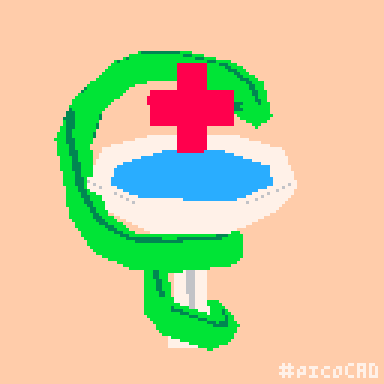
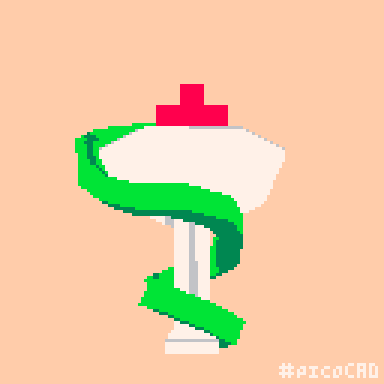

The Bowl of Hygieia is a symbol for pharmacology and pharmacy (which I study btw).
Hygieia is the daughter of Asclepius and the goddess of health and hygiene. The snake is also part of the Rod of Asclepius, with Asclepius being the god of healing. It's a symbol for medicine, healing and commonly associated with doctors.
It was quite tricky to wrap the snake around the pillar, but I'm satisfied with the result.
Made for picoCAD Jam 109: Health
#picoCAD#PICO8#low poly#pixel art#3d model#3d#health#asclepius#pharmacy#pharmacology#snake#science#medicine
188 notes
·
View notes
Text
only got one section into this module but it’s pharmacology it’s dense 😭😭

page one of my notes
anyhow, i didn’t do any writing or editing today lmao L. maybe i will before i sleep, as an unwinding pre-bed, but i’m kinda sleepy so maybe not. plus i have an 8:30 tomorrow so idk
anyhow! i did some inbox questions tho! a win! plus debated how much of a douche kiamu looks with some moots. fun times.
cheers! goodnight!
#thecomfystudent#thecomfywriter studies#uni notes#pharmacology#thecomfywriter#writers blog#writerblr#thecomfywriter’s notes#tcw notes#tcw updates#thecomfywriter uodates
9 notes
·
View notes
Text
“We gain nothing by adding and adding meds if they are not being administered with the correct technique.”
About inhalers and nasal sprays.
52 notes
·
View notes
Text
Vibazine
Trade name of doxycycline
Broad-spectrum antibiotic
Targets the 30S ribosomal subunit of bacteria
Inhibits protein synthesis

Patreon
#studyblr#notes#my notes#pharmacology#pharmacology notes#pharma#pharma notes#pharm#pharm notes#pharmacy#pharmacy notes#medical pharmacology#medications#medication notes#pharmacological sciences#biochemistry#chemistry#medical chemistry#medical biochemistry#health science#science#scienceblr#medblr#biological science#common medications#pharmacodynamics#pharmacokinetics#chemical agents#toxicology#med chem
11 notes
·
View notes